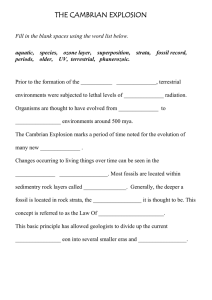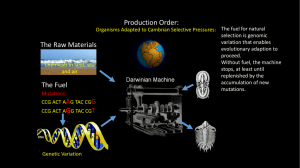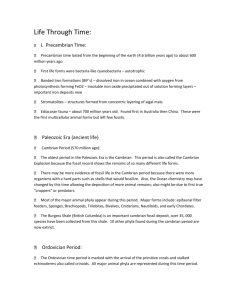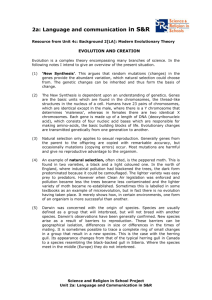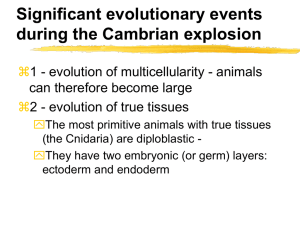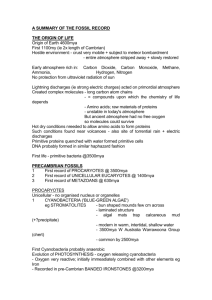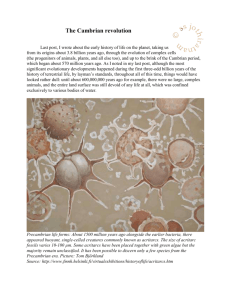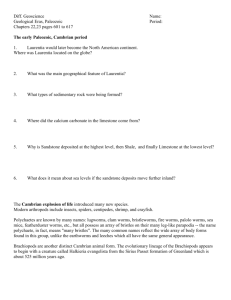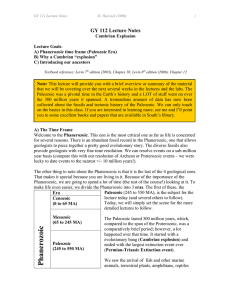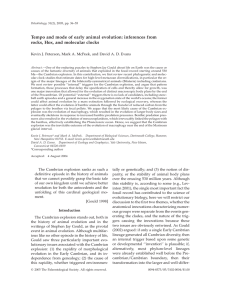By Fred Bauhof
advertisement
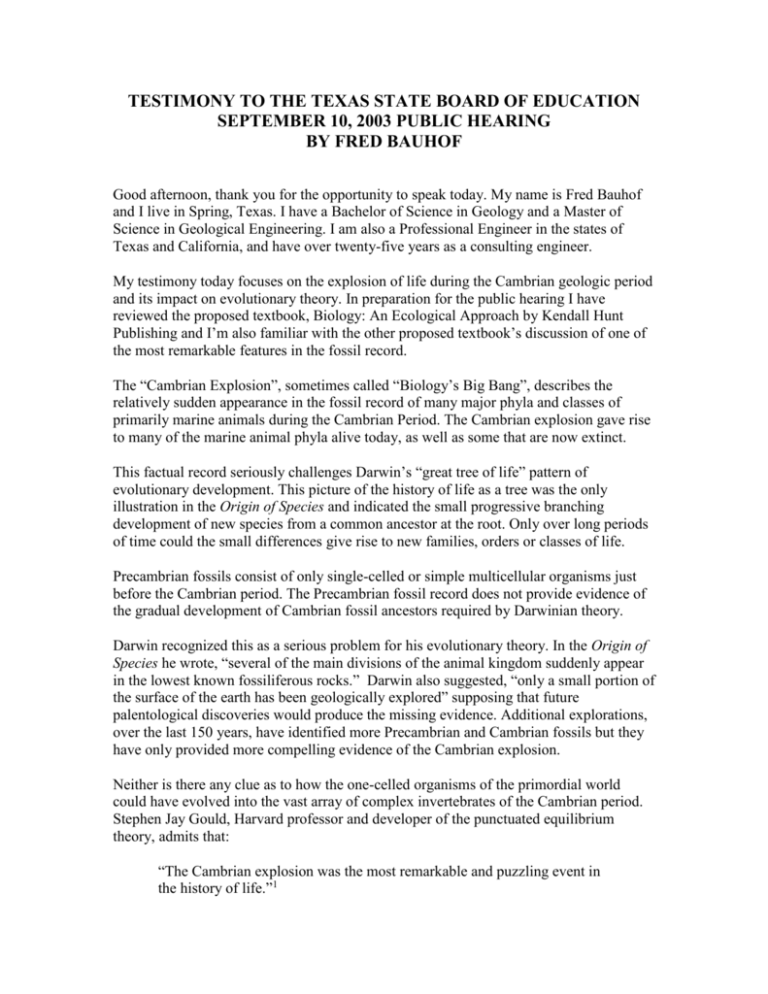
TESTIMONY TO THE TEXAS STATE BOARD OF EDUCATION SEPTEMBER 10, 2003 PUBLIC HEARING BY FRED BAUHOF Good afternoon, thank you for the opportunity to speak today. My name is Fred Bauhof and I live in Spring, Texas. I have a Bachelor of Science in Geology and a Master of Science in Geological Engineering. I am also a Professional Engineer in the states of Texas and California, and have over twenty-five years as a consulting engineer. My testimony today focuses on the explosion of life during the Cambrian geologic period and its impact on evolutionary theory. In preparation for the public hearing I have reviewed the proposed textbook, Biology: An Ecological Approach by Kendall Hunt Publishing and I’m also familiar with the other proposed textbook’s discussion of one of the most remarkable features in the fossil record. The “Cambrian Explosion”, sometimes called “Biology’s Big Bang”, describes the relatively sudden appearance in the fossil record of many major phyla and classes of primarily marine animals during the Cambrian Period. The Cambrian explosion gave rise to many of the marine animal phyla alive today, as well as some that are now extinct. This factual record seriously challenges Darwin’s “great tree of life” pattern of evolutionary development. This picture of the history of life as a tree was the only illustration in the Origin of Species and indicated the small progressive branching development of new species from a common ancestor at the root. Only over long periods of time could the small differences give rise to new families, orders or classes of life. Precambrian fossils consist of only single-celled or simple multicellular organisms just before the Cambrian period. The Precambrian fossil record does not provide evidence of the gradual development of Cambrian fossil ancestors required by Darwinian theory. Darwin recognized this as a serious problem for his evolutionary theory. In the Origin of Species he wrote, “several of the main divisions of the animal kingdom suddenly appear in the lowest known fossiliferous rocks.” Darwin also suggested, “only a small portion of the surface of the earth has been geologically explored” supposing that future palentological discoveries would produce the missing evidence. Additional explorations, over the last 150 years, have identified more Precambrian and Cambrian fossils but they have only provided more compelling evidence of the Cambrian explosion. Neither is there any clue as to how the one-celled organisms of the primordial world could have evolved into the vast array of complex invertebrates of the Cambrian period. Stephen Jay Gould, Harvard professor and developer of the punctuated equilibrium theory, admits that: “The Cambrian explosion was the most remarkable and puzzling event in the history of life.”1 Four of the eleven proposed textbooks do not mention the Cambrian explosion, one of the most dramatic events in the fossil record. Five of the proposed biology textbooks mention the Cambrian explosion, but does not explore the challenges that it presents to Darwinian evolution. The remaining two textbooks discuss the Cambrian explosion, but also do not describe why the Cambrian explosion presents a challenge to Darwin’s theory, so it does not adequately enable students to “analyze, review, and critique” Darwin’s theory that all life is descended from a common ancestor as to its “strengths and weaknesses using scientific evidence and information (TEKS 112.43.c (3) A). References: 1. Stephen Jay Gould, "The Evolution of Life," chapter 1 in Evolution: Facts and Fallacies. ed. by J. William Schopf (San Diego, CA., Academic Press, 1999), p. 9.
